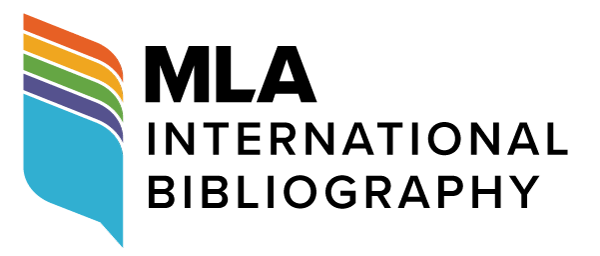'A Fortnight Hold We This Solemnity': The Elizabethan Annual Cycle in Shakespeare’s Major Comedies
DOI:
https://doi.org/10.18485/bells.2014.6.11Keywords:
Shakespeare, festivity, A Midsummer Night’s Dream, As You like It, The Merchant of Venice, Twelfth NightAbstract
In Shakespeare’s Festive World: Elizabethan Seasonal Entertainment and the Professional Stage François Laroque analyses festivity and its literary and imaginary representation in Shakespeare’s England. He holds that the Elizabethan year is essentially simple and logical as it is divided into two halves. The first half starts on the winter solstice of 24 December and ends on the summer solstice of 24 June, including the twelve days of Christmas celebrations and a group of moveable feasts such as Easter and Whitsun and Laroque adopts for it the name of the ritualistic half of the year. The second half, which begins on 25 June and ends on 24 December, is marked by a lack of important religious festivals, the presence of a few fixed festivals and a greater number of working days over holidays, so it is known as the secular half of the year. Based on Laroque’s insights, this paper argues that Shakespeare’s major comedies – A Midsummer Night’s Dream, As You Like It, The Merchant of Venice and Twelfth Night – bring to life the secular half of the Elizabethan year in such a way that each play seems to evoke its particular period and a set of activities peculiar to it.
Downloads
References
Downloads
Published
Issue
Section
License
Copyright (c) 2021 Milica Spremić Končar

This work is licensed under a Creative Commons Attribution-ShareAlike 4.0 International License.
Authors who publish with this journal agree to the following terms:
- Authors are confirming that they are the authors of the submitting article, which will be published (print and online) in Belgrade English Language and Literature Studies by the Faculty of Philology, University of Belgrade (Faculty of Philology, Studentski trg 3, 11000 Belgrade, Serbia). Author’s name will be evident in the printed article in the journal. All decisions regarding layout and distribution of the work are in hands of the publisher.
- Authors guarantee that the work is their own original creation and does not infringe any statutory or common-law copyright or any proprietary right of any third party. In case of claims by third parties, authors commit their self to defend the interests of the publisher, and shall cover any potential costs.
- Authors retain copyright and grant the journal right of first publication with the work simultaneously licensed under a Creative Commons Attribution-ShareAlike 4.0 International License that allows others to share the work with an acknowledgement of the work's authorship and initial publication in this journal.
- Authors are able to enter into separate, additional contractual arrangements for the non-exclusive distribution of the journal's published version of the work (e.g., post it to an institutional repository or publish it in a book), with an acknowledgement of its initial publication in this journal.
- Authors are permitted and encouraged to post their work online (e.g., in institutional repositories or on their website) prior to and during the submission process, as it can lead to productive exchanges, as well as earlier and greater citation of published work.




